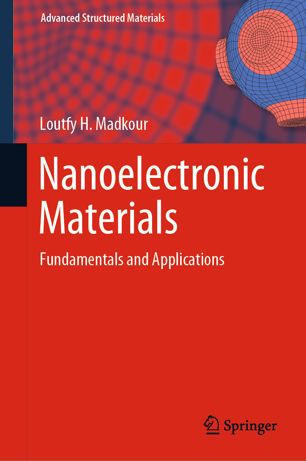

Most ebook files are in PDF format, so you can easily read them using various software such as Foxit Reader or directly on the Google Chrome browser.
Some ebook files are released by publishers in other formats such as .awz, .mobi, .epub, .fb2, etc. You may need to install specific software to read these formats on mobile/PC, such as Calibre.
Please read the tutorial at this link. https://ebooknice.com/page/post?id=faq
We offer FREE conversion to the popular formats you request; however, this may take some time. Therefore, right after payment, please email us, and we will try to provide the service as quickly as possible.
For some exceptional file formats or broken links (if any), please refrain from opening any disputes. Instead, email us first, and we will try to assist within a maximum of 6 hours.
EbookNice Team

Status:
Available4.4
7 reviewsThis book presents synthesis techniques for the preparation of low-dimensional nanomaterials including 0D (quantum dots), 1D (nanowires, nanotubes) and 2D (thin films, few layers), as well as their potential applications in nanoelectronic systems. It focuses on the size effects involved in the transition from bulk materials to nanomaterials; the electronic properties of nanoscale devices; and different classes of nanomaterials from microelectronics to nanoelectronics, to molecular electronics. Furthermore, it demonstrates the structural stability, physical, chemical, magnetic, optical, electrical, thermal, electronic and mechanical properties of the nanomaterials. Subsequent chapters address their characterization, fabrication techniques from lab-scale to mass production, and functionality.
In turn, the book considers the environmental impact of nanotechnology and novel applications in the mechanical industries, energy harvesting, clean energy, manufacturing materials, electronics, transistors, health and medical therapy. In closing, it addresses the combination of biological systems with nanoelectronics and highlights examples of nanoelectronic–cell interfaces and other advanced medical applications.
The book answers the following questions:
• What is different at the nanoscale?
• What is new about nanoscience?
• What are nanomaterials (NMs)?• What are the fundamental issues in nanomaterials?
• Where are nanomaterials found?
• What nanomaterials exist in nature?• What is the importance of NMs in our lives?
• Why so much interest in nanomaterials?
• What is at nanoscale in nanomaterials?• What is graphene?
• Are pure low-dimensional systems interesting and worth pursuing?
• Are nanotechnology products currently available?• What are sensors?
• How can Artificial Intelligence (AI) and nanotechnology work together?
• What are the recent advances in nanoelectronic materials?• What are the latest applications of NMs?